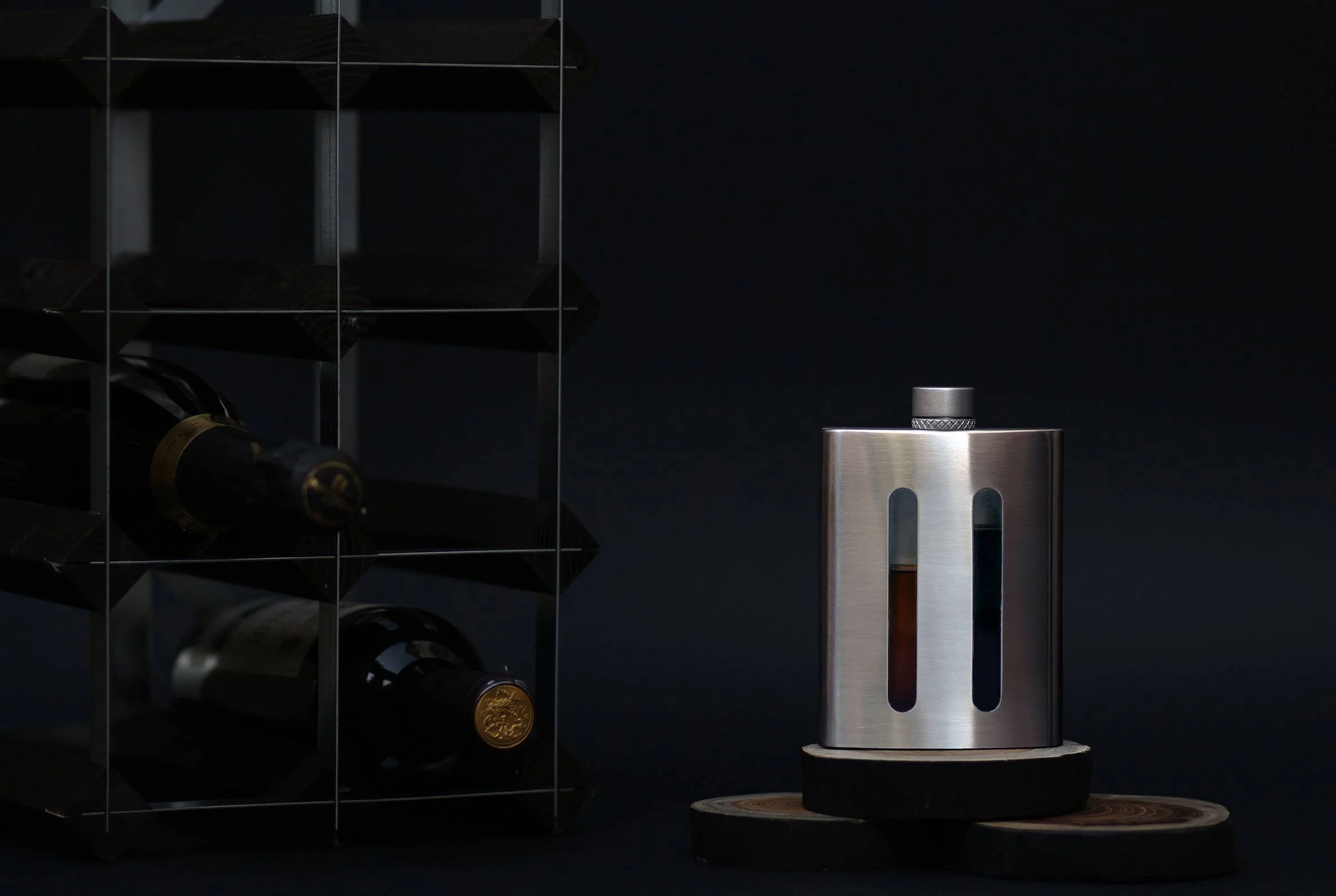Proven Method to keep your Resolutions for 2019
/Have you kept your promises?
Waking up January 1st always seems to bring a mean hangover along with an ambitious but futile attempt at sticking to the resolutions I made the preceding weeks. Every year always feels like its going to be my year but like most people I have fallen off track but the second to third week, and by the end of the year I most likely have not completed everything I set out to. In fact in 2013 Forbes reported 92% of people did not achieve their New Years resolution by the following year.
The odds are seemingly not in our favour, but what can we do to at least improve that statistic? Through googling habit formation and self improvement you will find a vast array of things people and gurus claim are the ultimate ways to form and stick to habits. These are mostly half baked and unoriginal theories that may help you get motivated but contain no follow through. Motivation may get you running, however good habits will carry you through the marathon of actual goal achievement.
James Clear and the Habit Loop
Through my searching a name kept coming up, James Clear, and his 4 stage method for habit formation which you can read more in depth about here.
Essentially there are 4 stages’s in the loop that can form any habit, good or bad, as described by James Clear:
Stage 1: The Cue - A trigger that causes your brain to initiate a behaviour. This cue is set up to predict the reward at the end of the loop.
Stage 2: The Craving - Motivational force behind the habit, you crave the change the habit will cause. you are not motivated by the cigarette but by the feeling it gives you after having smoked.
Stage 3: The Response - The actual habit you preform. Ex: Smoking.
Stage 4: The Reward - The thing delivered by the response, the end goal of the habit. Ex: the feeling of relief from smoking.
The reward satisfies the craving, and once that craving is satisfied, this makes your brain learn what response lead to that satisfaction. The cue in this situation just triggers a craving and motivates the response. This model is not only insightful but scientifically backed, an article from the British Journal of General Practice talks about actions triggered by cues which lead to consistent responses and associative learning, which in essence are habit formation and consistent with Clear’s loop.
Using this understanding Clear continues to show how you may manipulate this loop to build good habits and kick the bad ones.
Loop in the good, Leave behind the Bad
For Building Good Habits
Make the cue obvious, this should trigger your brain easily to predict the reward, trigger the craving, and motivate the response. Don’t make a habit that you have to consciously struggle to think about. If you want to run in the morning, hang your running shoes on your bedroom doorknob, keep them in sight.
Make the craving attractive. For most people, something like running is not an attractive activity. But if you listen to a new album every time you run, the craving you need to do will be linked with something you want to do.
Make the response easy. Certain habits will be harder to build than others as not all responses are easy. Something like working out will always be more difficult than doing nothing and ultimately cause pain. But instead of trying to force yourself to run every morning in the cold, maybe invest in a treadmill, the easier the response the more likely it will be done.
Make the reward satisfying. A satisfying reward builds a stronger craving, allows you to handle a more difficult response. Maybe after every run you buy yourself a nice breakfast.
For Breaking Bad Habits
Just do the opposite of the above. The smoking example is the easiest to use here.
Make the cue invisible. If you always smoke at the back of your work with your coworkers, instead of walking in the back, enter through the front, miss the cue. There will probably be multiple cues to smoke, try to limit them.
Make the craving unattractive. The issue here is those that smoke get a large nicotine kick and so the reward that the craving is linked to is hard to break. But anything you can do to make the craving less attractive, focus on those things.
Make the response difficult. Take a different way to work, so it’s harder to buy cigarettes, make smoking in your car and house off limits, anything you can do to make it harder to actually smoke.
Make the reward unsatisfying. Maybe nicotine gum will work for you, and even a lower dose of nicotine can make the actual nicotine kick from smoking lessened. Now the reward is not as satisfying as it was.
With a better understanding of how habits actually form we should be able to stick to more goals this year. No one is trying to claim you will be perfect after knowing all of this and that is a important thing too. If you do fail one week and don’t hit you goals, make sure to keep trying again, habits are a marathon, there will be fast patches and slow patches, just keep running.





